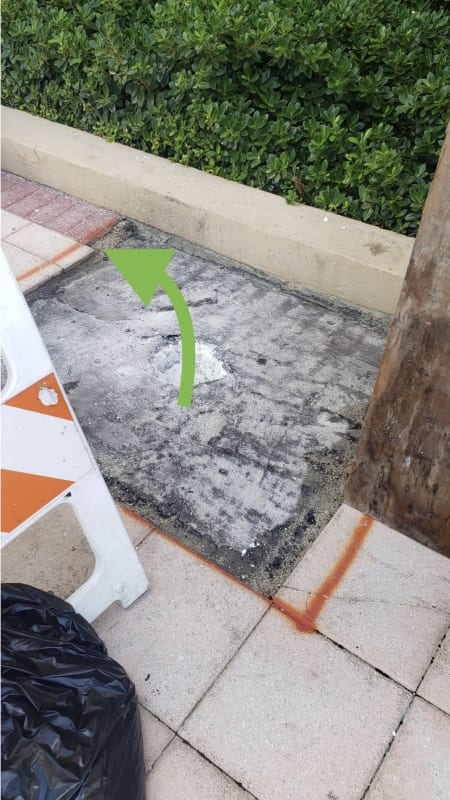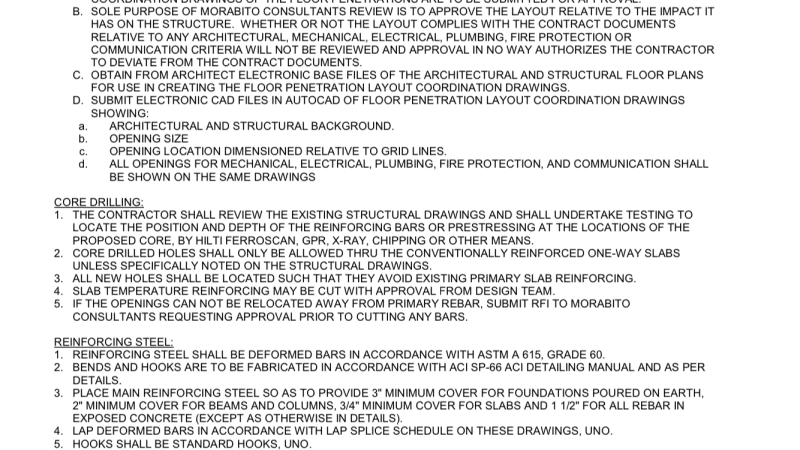If I was assigned to evaluate the safety of a building over 40 years old in a marine environment and with known problems in the deck waterproofing with at least 10-12 psf of superimposed load due to added overlay of pavers and a waterproofing layer, deteriorating balconies and a leaky roof, my priority would be to test the strength of the existing concrete in these locations. To accomplish this I would have concrete cores taken from the pool deck, roof slab and balconies. For the pool deck probably two groups of 6 cylinders each at the very minimum. Possibly more to be added depending on results. The roof would probably require another 3 at the very minimum in the wettest areas and another 6 from the worst looking and most poorly drained balconies. More to be taken later if deemed required.
The cores should be taken, visually inspected, prepped and tested in accordance with ACI 214.4R10 (Reapproved 2016). Results would be interpreted and adjusted if necessary for L/d ratios and variations in samples. Besides ACI 214 there are several publications and even Utube videos on coring, inspecting for aggregate, voids variations in diameter of each core, testing and interpretation. These strength tests along with a visual inspection sounding and other tests should give a much better of the structural condition than used in the 2002 repairs and the 2018 report by Morabito. Other inspection should probably include masonry parapet walls and any masonry shear walls and a quick check of the building loading and capacity if required.
If results found were as bad as I suspect then immediate shoring of parts of the structure would be appropriate until structural and other repairs or evacuating the building could be completed. Hopefully investigators will find enough in tact concrete from the critical locations to complete some strength tests.



